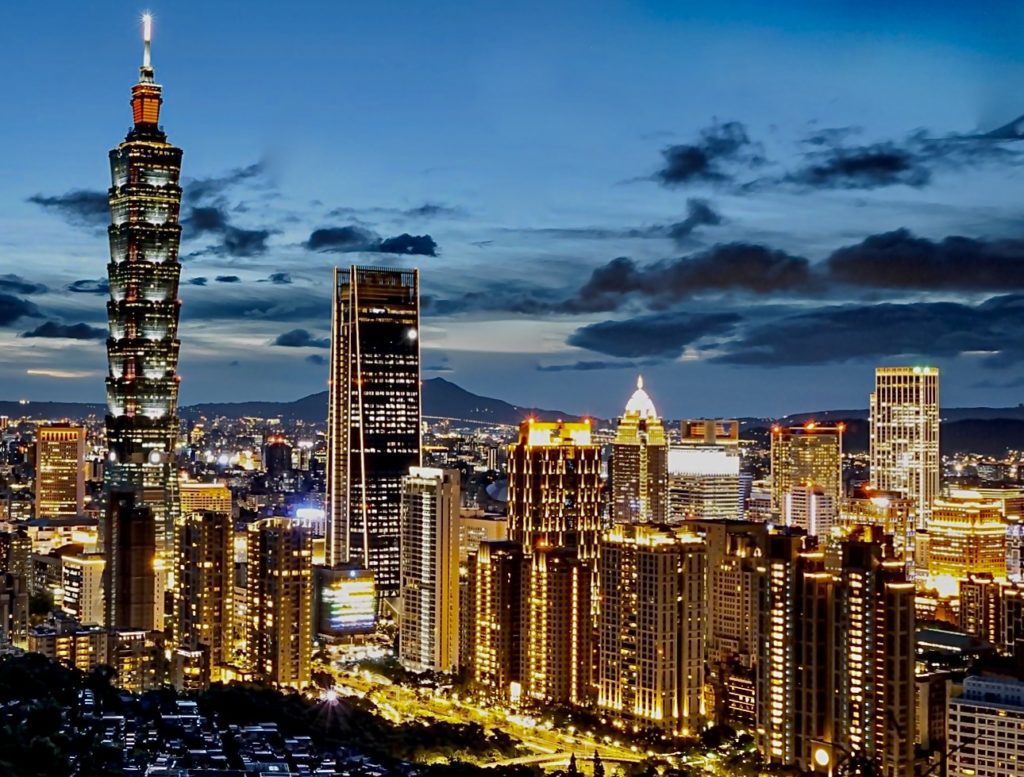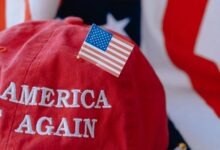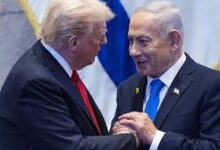
During his Central Asia tour, Xi Jinping met with Vladimir Putin for what some analysts thought would be a reprise of their “no limits” declaration, which came out when Putin was in Beijing just before launching his war on Ukraine. There were major limits to Xi’s support of Putin’s war then, which became even more evident this time.
Putin acknowledged as much. “We highly appreciate the balanced position of our Chinese friends in connection with the Ukrainian crisis,” Putin said. “We understand your questions and concerns in this regard. During today’s meeting, we will explain our position on this issue in detail, although we have spoken about this before.”
In plain English, Putin was disappointed that China had failed to deliver as expected on their “friendship.” Though officially backing Putin’s view of NATO aggression and gladly buying up Russia’s cheap oil, Beijing has steered clear of US and European sanctions, refused to recognize Russia’s “people’s republics” in the Donbas region, and has not sent Russia any significant military assistance. The two countries may have a strategic partnership, but the Chinese know a bad investment when they see one.
During his trip, Xi did not publicly mention Ukraine, and the Chinese press (so far as I can tell) put Putin to the side, highlighting Xi’s brilliant statesmanship with the Central Asian leaders. (At a separate meeting in Fujian Province, senior Chinese and Russian officials did agree, according to the Russian statement, to strengthen military cooperation, specifying “joint exercises and patrols.”)
While China may revel in all its attention in Central Asia, Taiwan must stick in Xi’s craw following another provocation from Washington.
Undermining Taiwan’s Security in the Name of Enhancing It
The Senate Foreign Relations Committee, by a 17-5 vote, passed the Taiwan Policy Act of 2022 (TPA). If it becomes law, the act would significantly expand the scope of US involvement in Taiwan’s defense and promote its independent status.
The act supports the official US policy of “One China”. Still, it shrinks its meaning, substituting what the committee majority considers “strategic clarity” for the longstanding US policy toward Taiwan of “strategic ambiguity.” The act’s emphasis on substantial military aid to Taiwan in weapons transfers, training, and grants, all in close coordination and with directions for US “whole-of-government” strategic planning to deter Beijing, has all the appearances of preparation for war.

Liberals joined conservatives to push the action forward, another sign of how the bipartisan Congressional consensus on China has fully embraced a hostile relationship with Beijing. Democrat and committee chair Bob Menendez of New Jersey said: “If we hope to have a credible deterrence … we need to be clear-eyed about what we are facing.” He introduced the legislation alongside Sen. Lindsey Graham, Republican of South Carolina. Sen. Jeff Merkley of Oregon added: “If we don’t crank up our support for Taiwan, there will be a military offensive” against Taipei.
Two prominent Republicans are among the five senators who voted against the TPA. Sen. Mitt Romney said: “We’re doing something that’s highly provocative and bellicose.” Sen. Rand Paul of Kentucky was concerned that the US would abandon the One China policy.
No one who favored the TPA gave much weight to how the Chinese might react to this legislation. They never paused to consider how adding to Taiwan’s “deterrence” might be interpreted as hostile interference, how yet more military aid to Taiwan would be considered provocative and lead to another round of live-fire exercises around Taiwan, and how upgrading Taiwan’s status through unrestricted visits by US officials and displays of Taiwan’s flag would be seen in Beijing as stepping over its red line: Taiwan’s independence.
Misperceptions sometimes lead to war. The Senate committee’s top Republican, Sen. Jim Risch of Idaho, said the legislation “gives Xi Jinping reasons to think twice about invading Taiwan.” Yes, it does, but in the wrong way.
Let me clarify my position on Taiwan. Taiwan is very important with its 23 million people, democratic system, and first-class economy. The US should defend the island if China carries out an unprovoked attack on Taiwan. But defending Taiwan should be accomplished in ways that do not invite precisely the situation we want to avoid: an aggressive Chinese response.
Yes, China has stepped up its provocative actions against Taiwan, mainly to signal its concern about the independent direction Taiwan seems to be headed with US encouragement. But Xi Jinping has made clear that Chinese policy remains peaceful unification. So long as that is the case, strategic ambiguity coupled with US support of Taiwan’s political autonomy and defense self-sufficiency is the wisest policy course. Polls in Taiwan show that most people want President Tsai Ing-wen to maintain the current policy of rejecting unification with China and independence.
The best thing to being said about the TPA is that it is unlikely to pass. The Biden administration doesn’t like it, and enough senators seem cautious about adding to the antagonism in US-China relations—most recently, by barring Chinese investments in many US advanced technologies.
Features of the TPA that Go Beyond Current US Policy on Taiwan
- US national interests: “The security of Taiwan and the ability for the people of Taiwan to determine their future are fundamental to United States interests and values.” “It is the policy of the United States . . . to strenuously oppose any action by the PRC to use force to change the status quo of Taiwan.”
- US commitment to the defense of Taiwan: “reaffirms that Taiwan’s future must be determined peacefully and following the wishes and best interests of the people of Taiwan.” Amends the Taiwan Relations Act (1979) by adding ‘‘and implementing a strategy to deny and deter acts of coercion or aggression by the People’s Liberation Army.”
- Criticality of Taiwan: to “limiting the PLA’s freedom of maneuver to engage in constrained power projection . . . in order to protect United States territories, such as Hawaii and Guam; (B) defending the territorial integrity of Indo-Pacific allies, such as Japan; deterring other countries and competitors from exercising force as a means to revise the established status quo; championing democratic institutions and societies in the Indo-Pacific region and throughout the world; and maintaining a rules-based international order.”
- Diplomacy with Taiwan: “engage with the democratically-elected government in Taiwan as the legitimate representative of the people of Taiwan; and end the outdated practice of referring to the government in Taiwan as the ‘‘Taiwan authorities.” “The United States Government shall not place any undue restrictions on the ability of officials of the Department of State or other Federal departments and agencies to interact directly and routinely with their counterparts in the government in Taiwan.”
- Symbolism: No restrictions shall be placed on Taiwan’s government or armed forces “to display symbols of Republic of China sovereignty,” such as the flag for official purposes.
- Military aid: Taiwan’s military needs will be prioritized; it will be treated as a “major non-NATO ally,” such as Thailand, and as a partner in the Indo-Pacific security strategy. $2 billion in loans and $5.5 billion in military aid (for fiscal years 2023-2027) are proposed. A “comprehensive training program” with Taiwan should be established to ensure interoperability with US forces, including “full-scale military exercises,” among other activities.
- US government readiness: The President shall convene a “whole-of-government review of all available economic, diplomatic, and other strategic measures to deter the use of force by the People’s Republic of China to change the status quo of Taiwan.” The secretary of state shall “announce, in advance, the severe consequences that would take effect immediately after the People’s Republic of China engaged in any such use of force.”
Mel Gurtov, syndicated by PeaceVoice, is Professor Emeritus of Political Science at Portland State University and blogs at In the Human Interest.






